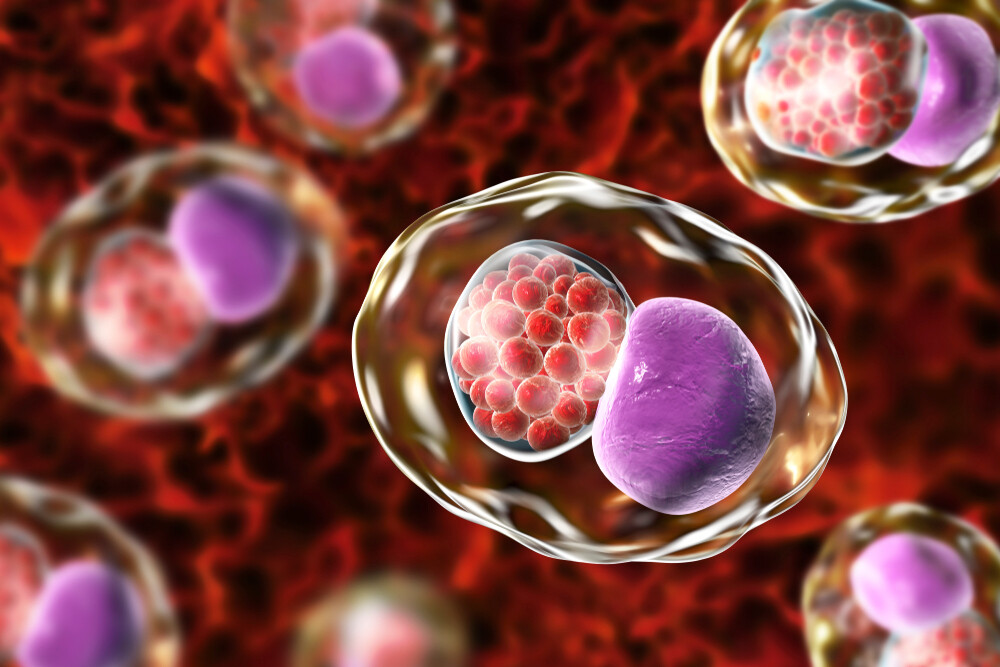Chlamydia is transmitted through sex. If the disease remains untreated, women can become infertile.
Chlamydia – what is that actually?
Chlamydia is a bacterium that is mainly transmitted through sex and settles on the cervix, urethra or anus. Chlamydia infections are easy to treat, but because they are often not detected and treated in time, they can spread to the uterus and fallopian tubes. The fallopian tubes can then become clogged – the possible consequence: infertility. Affected women also often suffer from tubal and ectopic pregnancies and pelvic inflammation. Pregnant women may infect their babies with chlamydia at birth. The newborns can then become infected with conjunctivitis or a dangerous pneumonia.
Who gets chlamydia?
In Germany, it is assumed that 300,000 new cases are diagnosed every year. Gynaecologists estimate that every tenth woman under 20 is infected. Young women are particularly at risk: Their vaginal mucosa is still relatively permeable, and their immune system is even more susceptible to pathogens. In addition, on average they change partners more often than adults and can therefore easily become infected. Chlamydia has nothing to do with uncleanliness!
Which complaints should make me sit up and take notice?
Chlamydia proliferate very slowly and often do not cause symptoms at first. Similar to fungi, the bacteria can hide in the body for years without us feeling anything. About seven out of ten infected women do not even notice that they have chlamydia.
However, if the body’s defences are weakened, for example by stress or illness, the secret infection becomes apparent. Typical signs in women are frequent pain in the lower abdomen with no apparent cause, inter-bleeding and yellowish-sticky discharge. Pain can also occur during urination and during sex. Even if it seems exaggerated: Such seemingly banal complaints should be clarified by a doctor. Because a Chlamydia infection can lead to permanent health problems.
How does the doctor determine whether I am affected?
During the examination the doctor can often see a yellowish secretion from the cervix. A clear indication of chlamydia is also when the vaginal fluid under the microscope contains a particularly large number of white blood cells. If a chlamydia infection is suspected, the doctor will take a smear of the mucous membrane and examine it under the microscope for pathogens. This method, however, misses at least a third of infections. More reliable results can be obtained with a genetic test, for which a urine sample is sufficient.
How can chlamydia be treated?
Antibiotics that have to be taken for ten to 14 days have proven to be effective. In the beginning the infection can usually be brought under control quickly. Once it has become chronic, treatment can take months.
Anyone who is infected should also send their partner to a doctor. Because the probability that both have the infection is high. In this case, the partner must be treated as well, because otherwise you would infect each other again and again. Until the end of the treatment you should refrain from unprotected sex.
How can I protect myself?
The only effective prevention against the pathogens is safe sex – with condoms. Preventive screening helps to detect chlamydia early so that it does not become chronic. Recently, health insurance companies began paying for an annual check-up for all women up to the age of 25. They also cover the costs of the test in pregnant women and if there is a concrete suspicion of chlamydia.

